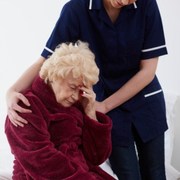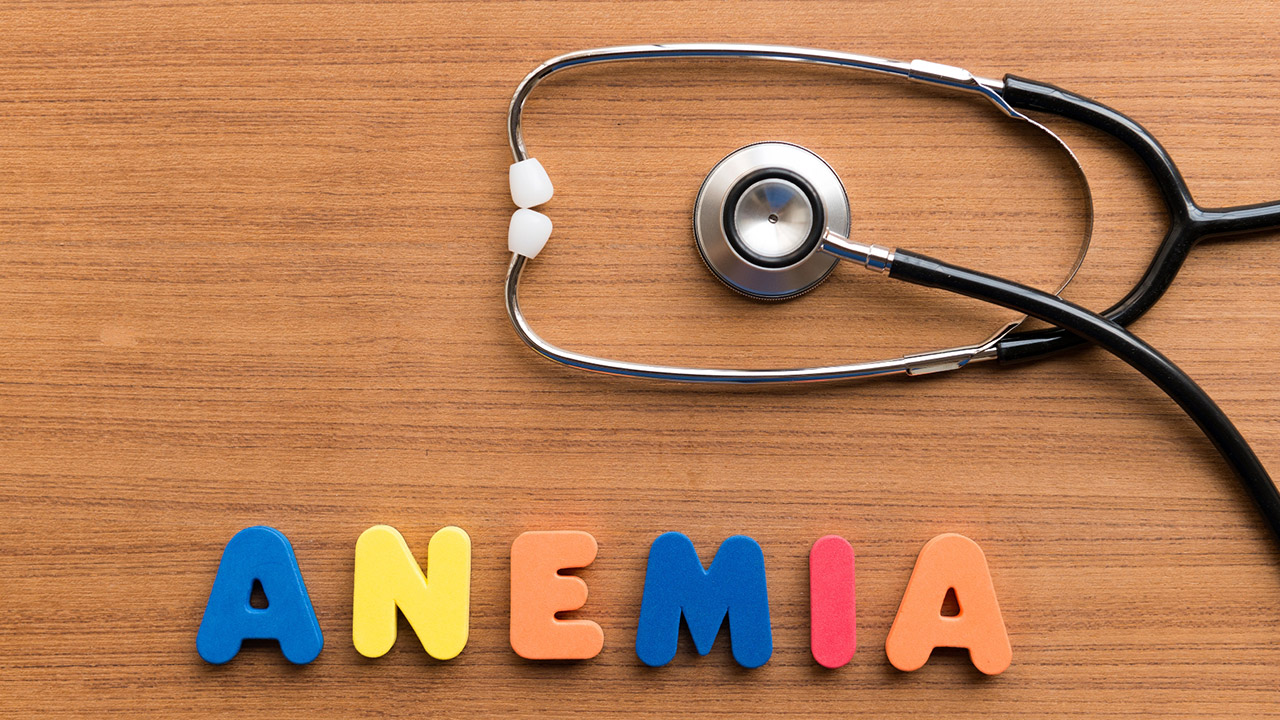 Photo: Getty Images
Photo: Getty Images
An estimated 7 million Americans over the age of 65 experience subsyndromal depression, often undiagnosed and untreated, compared to 1.75 million senior citizens with major depression. (1)
Subsyndromal depression, which is especially common among the elderly, presents with symptoms that do not meet the criteria for major depression. Consequently, many elderly individuals are suffering and are at increased risk for developing major depression.
For the first time in history, we are approaching a time when older adults will outnumber children. A third of this population is expected to struggle with a mental disorder at some point.
Major depression is one of the conditions most commonly associated with suicide in older adults. (2) It overshadows related disorders with less serious symptoms leaving many elderly individuals more functionally disabled and less able to be live independently.
The Diagnostic and Statistical Manual of Mental Disorders, fourth edition, defines a minor depressive disorder as featuring one or more depressive symptoms that are identical to major depressive episodes in duration, but which involves fewer symptoms and less impairment.
An episode involves either a sad or “depressed” mood or loss of interest or pleasure in nearly all activities. To meet the criteria for diagnosis, at least two but less than five additional symptoms must be present.
Additional symptoms include changes in appetite or weight, sleep and psychomotor activity, decreased energy, feelings of worthlessness or guilt, difficulty thinking, concentrating or making decisions or recurrent thoughts of death or suicidal ideation, plans or attempts. (3 and 4)
The symptoms are either newly present or must be clearly worsened compared with the person’s pre-episode status. During a minor depressive episode, the symptoms cause clinically significant distress or impairment in social, occupational or other important areas of functioning. In some individuals, there may be near normal functioning but this is accomplished with significantly increased effort.
Many people misconceive depression as a normal part of the aging process. It is not. Its symptoms are often mistaken as signs of dementia, Alzheimer’s disease or a thyroid disorder.
There is no single cause of depression in the elderly. Psychological, biological, environmental and genetic factors contribute to its development. Genetic vulnerability, loss of a spouse, loved one or close friends, retirement, prolonged stress, moving out of the family home and the development of a disabling illness are contributing risk factors.
Depression is a side effect of certain medications, such as medications used to treat hypertension. Older women are at a greater risk. They are more vulnerable because in general they are twice as likely as men to become seriously depressed.
Hormonal changes and the stresses of maintaining relationships and caring for an ill loved one and children typically fall more heavily on women. Unmarried and widowed women, and individuals who lack a supportive social network, have increased rates of depression.
Depressive symptoms in the elderly can be compounded and complicated by dependency on substances such as alcohol, which acts as a depressant. (5)
Depression damages quality of life but is treatable. It is essential that physicians and other health care professionals be trained to recognize major depression and subsyndromal depression and distinguish it from other conditions such as dementia.
The use of age-specific screening instruments such as the Geriatric Depression Scale (6), a comprehensive medical and physical history including evaluation of all the medications which the individual is taking and listening to both the individual and close family members or caregivers can assist in making a diagnosis.
Caregivers and close family members are in a unique position to identify small but persistent changes in behavior.
Depression is treatable with the use of antidepressant medications, regular physical activity, emotional support and professional counseling.
Sources:
(1) University of Rochester Medical Center: Study Finds Lesser Conditions a Stepping Stone to Major Depression, Cot. 17, 2011
http://www.urmc.rochester.edu/news/story/index.cfm?id=1067
(2) National Institute of Mental Health: Older Adults: Depression and Suicide Facts, Oct 17,2011
http://www.nimh.nih.gov/health/publications/older-adults-depression-and-suicide-facts-fact-sheet/index.shtml
(3) Psychiatryonline: Diagnostic and Statistical Manual of Mental Disorders, Fourth Edition, Text Revised, Minor Depressive Disorder, Oct. 17, 2011
http://www.psychiatryonline.com/content.aspx?aID=5324&searchStr=minor+depressive+disorder
(4) National Alliance on Mental Illness: Depression in Older People: Fact Sheet
Oct. 18, 2011
http://www.nami.org/Template.cfm?Section=By_Illness&template=/ContentManagement/ContentDisplay.cfm&ContentID=7515
(6) PubMed Health: Subsyndromal Depression in the Elderly: Underdiagnosed and Undertreated, VanItallie, T.B., Metabolism, May 2005, vol. 54, Oct. 18, 2011
http://www.ncbi.nlm.nih.gov/pubmed/15877312
Reviewed October 19, 2011
by Michele Blacksberg RN
Edited by Jody Smith






Add a CommentComments
There are no comments yet. Be the first one and get the conversation started!